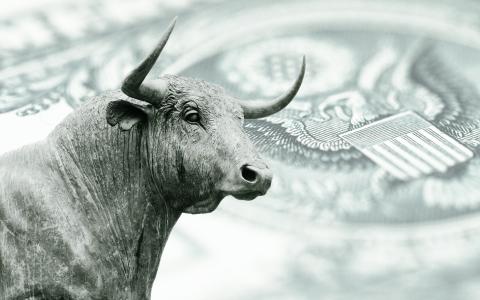
(Bloomberg) - A bull run in Treasuries will resume after its current “rest,” according to strategists at JPMorgan Chase & Co.

The 10-year yield is likely to rise from its current level of about 4% amid trend-following and discretionary selling pressure, before retreating amid a “budding longer-term bull market,” Marko Kolanovic, chief global markets strategist, and Jason Hunter, who focuses on technicals, wrote in a note on Friday.
“Bigger picture, we expect the rally to develop further after a period of consolidation relieves the current overbought conditions,” the strategists said. “Look for 10-year note weakness in the early weeks of the year to find solid support at 4.25 to 4.30%,” an area where they expect “material buying pressure.”
Read more: Treasuries’ Wild Day Boosts, Then Batters, a Bearish Options Bet
Treasuries had a volatile 2023 as the Federal Reserve repeatedly boosted interest rates to help tame inflation before putting policy on hold as price pressures eased. Markets are now betting on a pivot to rate cuts as soon as March.
The 10-year yield ranged between 3.25% to 5.02% during 2023, with levels above 5% - albeit barely - seen for the first time since 2007. The ICE BofA MOVE Index, which measures volatility in Treasury options, hit its highest levels since the global financial crisis 16 years earlier.
Meanwhile, a Goldman Sachs team led by chief interest rate strategist Praveen Korapaty said in a note Friday that they see the 10-year yield hovering around 4%. That’s amid a growth rebound this quarter, further progress on lowering inflation, and anticipation of another round of increases in Treasury auction sizes.
“This mix of factors should, in our view, leave 10-year Treasury yields trading in a relatively narrow range centered around 4%,” they said.
However, the JPMorgan technical view foresees the decline in yields continuing throughout 2024.
The 10-year yield could fall back to the 3.65% to 3.70% range in the coming months, and “fully retrace to the 3.245% March yield low by the end of the year,” the bank’s strategists said.
By Joanna Ossinger
With assistance from Ruth Carson



